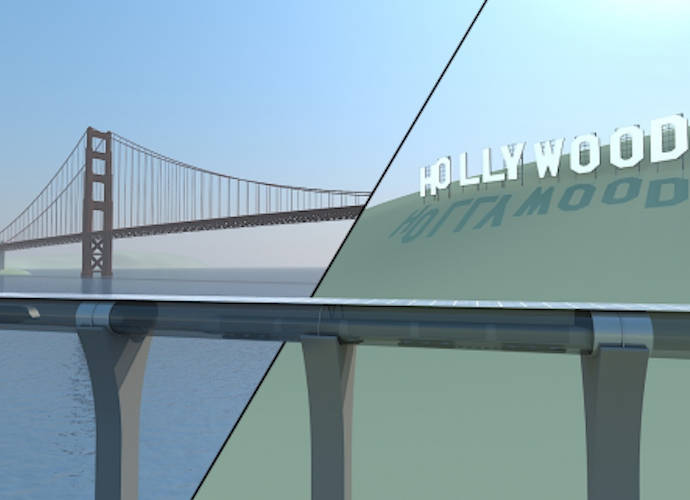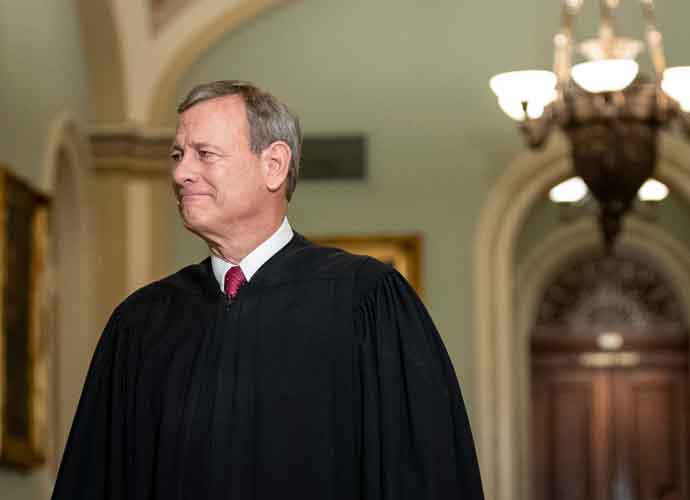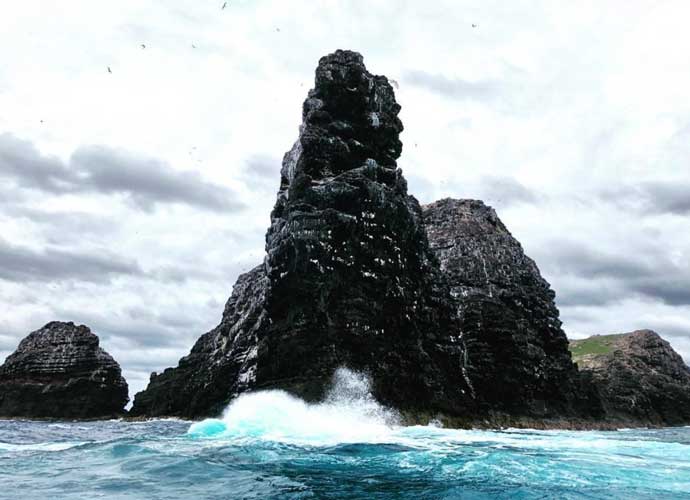Hyperloop Technologies Building Test Track In Las Vegas
Elon Musk‘s Hyperloop concept is now closer to becoming a reality, as Hyperloop Technologies has just announced that it is moving forward with plans to build a test track in Las Vegas, Nev.
Hyperloop Technologies Test Track
Startup company Hyperloop Technologies announced Tuesday that it’s building a “Propulsion Open Air Test facility” for the ultra-fast transportation in North Las Vegas. Located within an industrial site, the facility measures 50 acres, where the company will test its custom designed electric motor up to speeds of about 335 mpg on a .62 mile track beginning in 2016.
“This decision represents another major milestone in our journey to bring Hyperloop to commercial reality,” said Rob Lloyd, CEO, Hyperloop Technologies, Inc. “Hyperloop Technologies will invest first in regions where we receive government advocacy to move fast. We are grateful for the support we have received from Governor [Brian] Sandoval, the Nevada Office of Economic Development and Mayor Lee and his team from the City of North Las Vegas.”
Hyperloop Technologies is also searching for a location for a Safety, Development and Test site. There, the team will construct a full speed and full-scale prototype to test
The cutting-edge company aspires to have a Hyperloop system up and running by 2020.
Back in 2013, Musk, the CEO of Tesla Motors and SpaceX, released details about his plans to revolutionize transportation with the Hyperloop high speed shuttle. He claimed that the transportation service could transport travelers between Los Angeles and San Francisco in record time. He had been developing the plans for roughly nine months with a crew of a dozen engineers from both Tesla and SpaceX, reported Forbes.
“It would be great to have an alternative to flying or driving, but obviously only if it is actually better than flying or driving,” Musk wrote about his concept in a blog post. True to his word, the Hyperloop would prove faster than a commercial flight.
According to Musk’s plans, the Hyperloop would consist of pods that have a more similar look to an airplane than a train, and would be propelled by magnets. The pods would hover over thin rails with electromagnets that would pull the pods forward at high speeds. It would all be powered by solar panels that would cover the roofs of the steel pod tubes.
Though Musk had drawn up and released plans for the Hyperloop, he stated that he was disinclined to take them further, and was handing them over to the public domain. He has no direct connection to Hyperloop Technologies.
RELATED ARTICLES
Get the most-revealing celebrity conversations with the uInterview podcast!




 Click here for the Most Popular Celebrity Instagrams Of 2015 Slideshow
Click here for the Most Popular Celebrity Instagrams Of 2015 Slideshow




Leave a comment